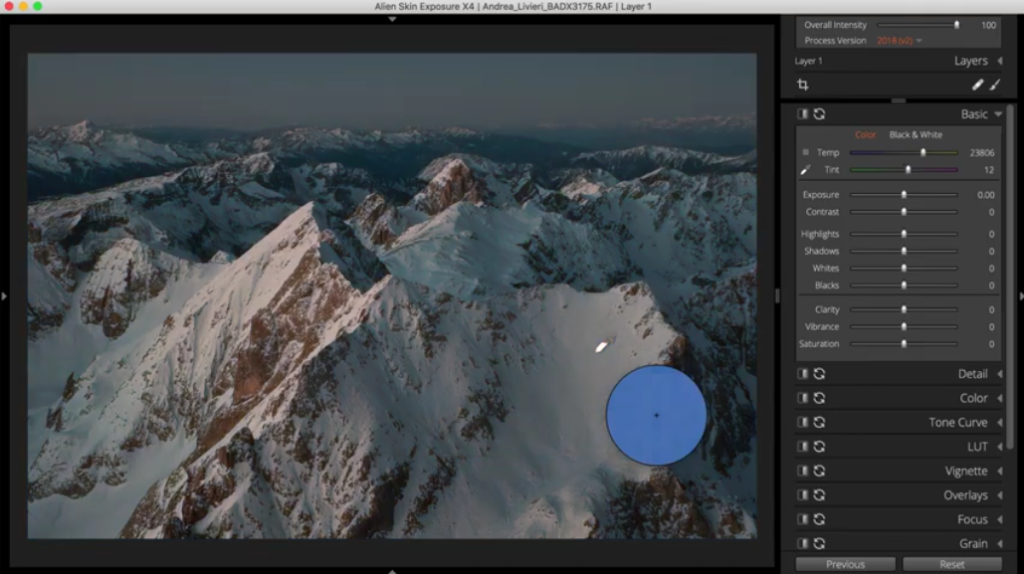

Our desired lighting is the D65 CIE standard illuminant, which represents spectrum of the sun at mid-day. The choice of the transformation matrix, MA is according to the transformation of Von Kries, Bradford and XYZ Scaling. In other words, once we're in the right space, we simply need to divide out our estimated illuminant and apply our desired illuminant separately for each channel. Typically, we assume that this is possible with a diagonal scaling of the axes after a transformation from XYZ to a space that more resembles the LMS cone space. By changing the apparent illumination of a photo, we excite the same LMS cone responses in the eye as the desired illuminant. The idea for this algorithm is based on the technique of chromatic adaptation, wherein we will approximate the existing illumination of the image and perform illumination transformation to D-65 illuminant using Von Kries, Bradford and XYZ transformations. If the value of color cast coefficient Dσ is greater than 0, we will apply the color cast correction algorithm to rectify the image, otherwise we will terminate the process. This means we could be in presence of a cast. If the histogram is concentrated (small value of variance) and far from the neutral axis (high value of µ and Dσ), the colors of the image are confined to a small region. The greater the Dσ, the stronger the cast. To characterize the EC quantitatively, we introduce the ratio Dσ (color cast coefficient) =D/σ, as a useful parameter in measuring the intensity of the cast.

Defining in this way a distance D: D=µ- σ, where µ=sqrt(µa2+µb2), a measure of how far the whole histogram lies from the neutral axis (a=0, b=0). We can associate with each histogram an Equivalent Circle with its center in C = (µa, µb) and a radius of σ=sqrt(σa2+ σb2).

Compute mean and variance of A and B from the computed histograms. 1-d histograms for A and B channels are computed. Image is converted into LAB color space and split into different channels. The idea of this algorithm is derived from the paper based on ‘An Improved Color Cast Detection Method Based on an AB Chromaticity Histogram’. If value of ccc is less than the threshold, no significant cast has been found and the process can be terminated.

If value of ccc is greater than some pre-defined threshold (0, in our case), then cast has been detected and the image is passed to color cast removal step. First step will be color cast detector which will give an output in form of color cast coefficient (ccc). The method only deals with detection and correction of real cast and the cases of intrinsic cast can separated by using an appropriate classifier as pre-processing step.
#Colorcast tint android#
Later the working algorithm was to be ported on an android device.Ĭolor Cast can be of 2 types: Real Cast and intrinsic cast (due to predominant color). The objective of the project was to detect the color cast in an image and correct it using a suitable algorithm. External factors include lighting condition prevalent at the time of capture, object properties etc. Internal factors include white-balance, color correction algorithm etc. Further, using computer vision and image processing to correct the image and make it more appealing and natural OverviewĬolor Cast is an unwanted tint in the captured image due to external and internal factors in camera. Use of openCV to detect cast (unwanted tints) in captured images. Detection and correction of color cast in captured images


 0 kommentar(er)
0 kommentar(er)
